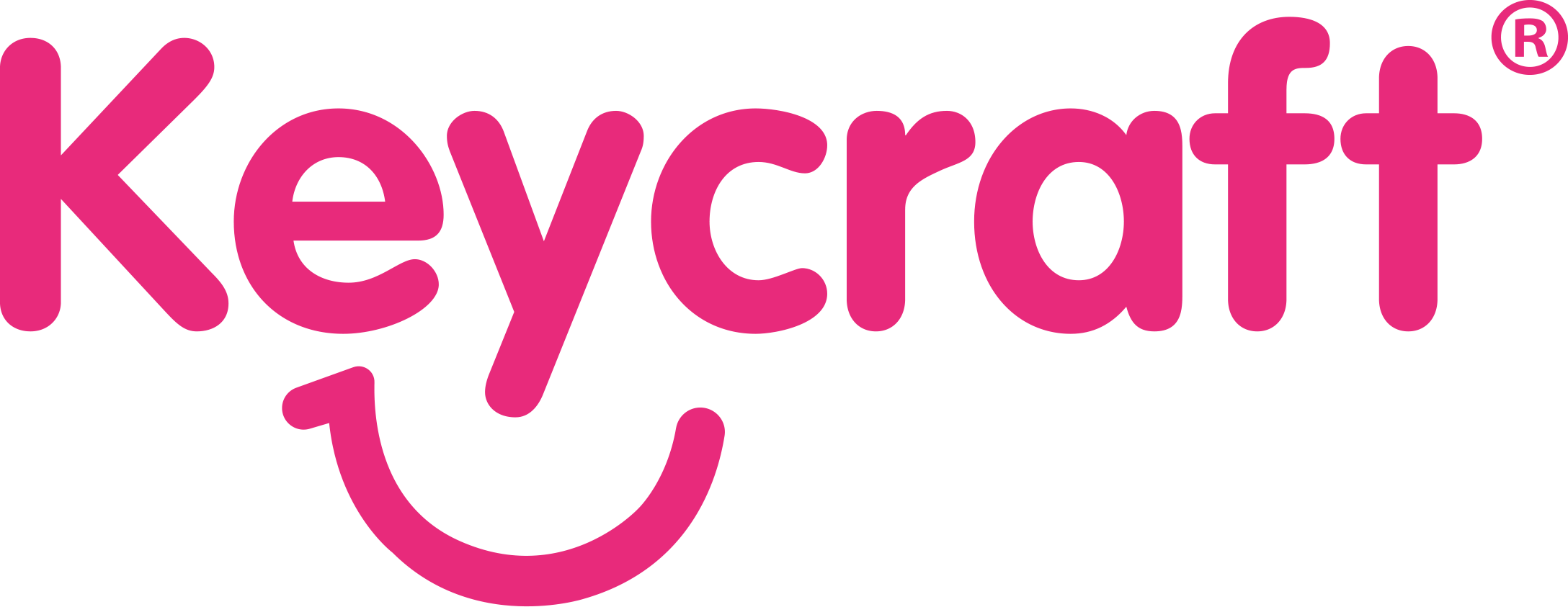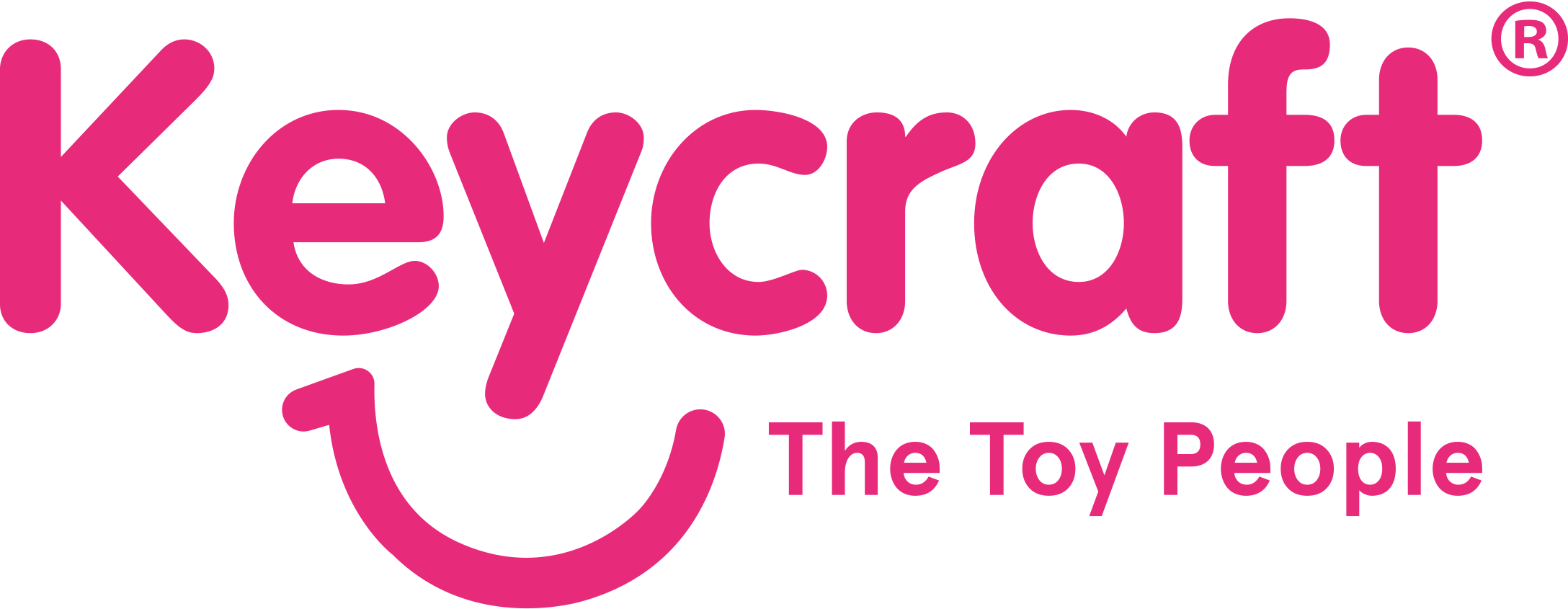How to use vertical & horizontal display merchandising
Learn how to maximise impulse sales for toy stock with vertical vs. horizontal merchandising.

Vertical merchandising refers to displaying a product, or branded range of products, from top to bottom in a vertical line.
Horizontal merchandising is displaying a product, or branded range of products, left to right in a horizontal line.
Do you know how to utilise your shelving units for maximum visual and impulse appeal using vertical vs. horizontal display merchandising? These two display methods are important to understand, because shelving placement impacts buying behaviour.
Let’s dig into the difference, uncovering how you can leverage each approach for maximising toy stock sales in particular.
(We’re talking about in-store merchandising here, but some principals also translate to online stores. Customers want to navigate by product categories, and will give most attention to the top or left-hand sides of their screens.)
How customers navigate stores
Product groupings - Firstly, customers expect products of the same category or complementary categories to be arranged in the same sections of your store and shelving units. This allows the available options to be easily found and compared.
Linear collections - It’s easier for shoppers to assess the available products when they are ordered in vertical or horizontal rows. Our eyes are trained to move this way from reading, making it easy to smoothly track along the options, improving the customer experience. Whether you use vertical or horizontal merchandising, keep the approach consistent across a product category or shelving section so you don’t confuse customers.
By eye level - Eye level is buy level. Prime shelf space is roughly in the middle of shelves that extend just above average head height. Customers can most easily see and reach these products without bending, stretching, or requiring staff assistance. Being able to reach products is just as important as being able to see them. That’s why big brands vie for mid-shelf positioning.
By price - Products should ideally be organised in order of price, helping customers to quickly find the right price points according to their budget. In terms of ascending price points, customers will expect prices to go from highest to lowest from the top down, or alternatively become more expensive to right.
Middle and end-of-category placements – Aim to position your highest margin products within eye to chest level of target customers. Amplify the effect by creating middle-of-the-shelf features using eye-catching signage. Where more category choice is available, it’s likely that customers will move along a shelving unit to see all the options before making their selection. It’s easier to pick a product from the end of a section rather than back-track, so make display features for your highest margin products here too. Consider the direction that most foot traffic moves in, or create one-way systems for more control.
Blocks of colour - Look for opportunities where products can be used to create rainbow bands of colour for more eye-catching visual appeal. This will work best with products that sell in volume where you can justify having a high unit count on display. It could work either vertically or horizontally.
When to use vertical display merchandising
For toy stock, vertical merchandising will make a single product accessible for both adults and children.
Use this approach to sell toy stock that has equal appeal for adults and children. That could include products such as high-quality soft toys, or popular consumables such as colouring pencils, paint pots, slime and play-doh.
Vertical toy displays are also the easiest to create attractive colour block rainbows with, where you can profitably display a product across all eye levels.
When to use horizontal display merchandising
Horizontal merchandising should be used to differentiate between adults versus children as the target consumer. All brands will receive equal visibility at the age-appropriate eye level and help to increase your sales.
Adult oriented products are most likely to include baby toys and gifts, educational or higher quality toys, eco-friendly options, and discounted or bundled items. For children, novelty and age-specific options usually appeal most.
With adult preferred products, display smaller products in the top half of your shelves, using horizontal progression for options and pricing. In the bottom half of your shelves, display larger and heavier items. Heavier items sell better at lower heights since they are easier to pick up, and it’s also important for safety reasons. A bigger gap between shelves will also mean that items are easier to see when looking down from above.
Alternatively, put adult preferred products along the top half of shelves, and child preferred products along the bottom half. If a product category has options by age groups, place them at the right shelf height for the age group. For example, colouring book options suitable for 5-year-olds should be horizontally displayed at a lower level than colouring books for 10-year-olds.
For tailored advice on wholesale toy stock and display strategies best suited to your business, contact Keycraft’s knowledgeable and friendly team.
More News & Insights
Keeping abreast of innovative thinking and industry news gives us the competitive edge.

Keycraft launch drive to onboard resellers of soft toy brand
Keycraft is looking for both retail or online resellers interested in boosting sales by partnering with premium soft toy brand Living Nature – could you be the perfect partner?

Why every toy store needs a plush toy collection
The plush toy trend is predicted to grow by 7.5% each year reaching nearly £14 billion by the end of 2025. This predicted growth is driven mainly by the power of the ‘Kidult’, - toys are no longer just for children.

Meet the Inkerz!
Explore the sensory experience of paint without the mess! These irresistible sensory toys have a unique mix of paint drips which have been safely sealed within the toy.

Keycraft launch drive to onboard resellers of soft toy brand
Keycraft is looking for both retail or online resellers interested in boosting sales by partnering with premium soft toy brand Living Nature – could you be the perfect partner?

Why every toy store needs a plush toy collection
The plush toy trend is predicted to grow by 7.5% each year reaching nearly £14 billion by the end of 2025. This predicted growth is driven mainly by the power of the ‘Kidult’, - toys are no longer just for children.

Meet the Inkerz!
Explore the sensory experience of paint without the mess! These irresistible sensory toys have a unique mix of paint drips which have been safely sealed within the toy.

